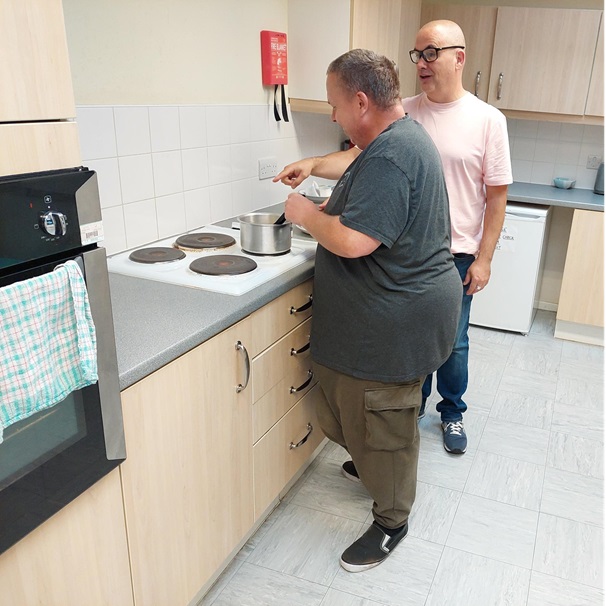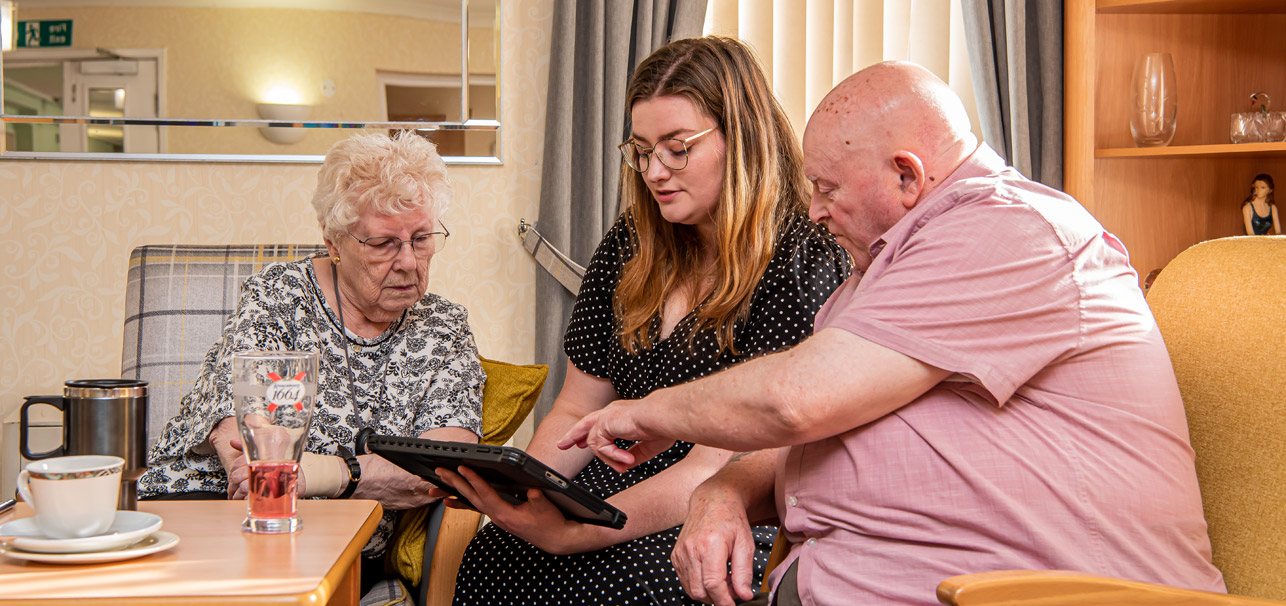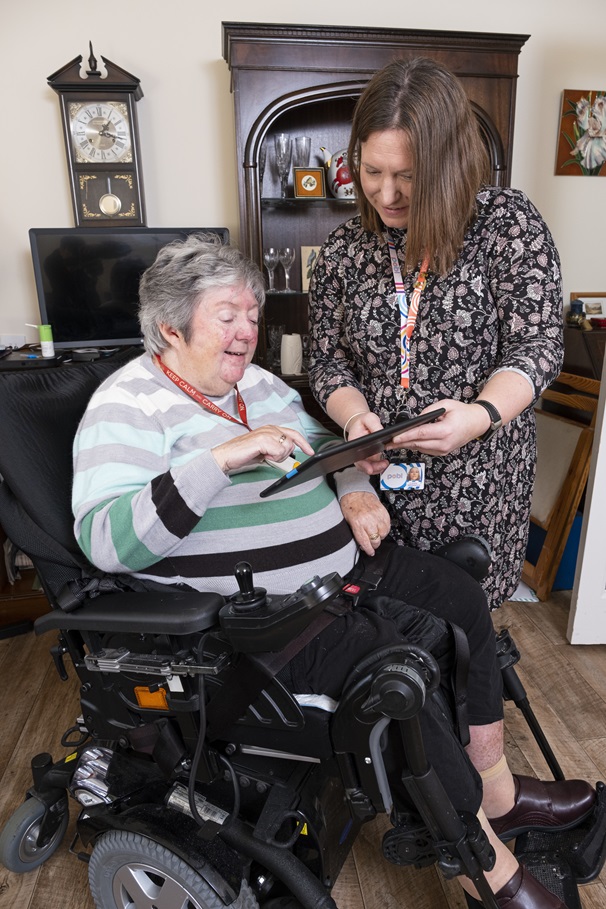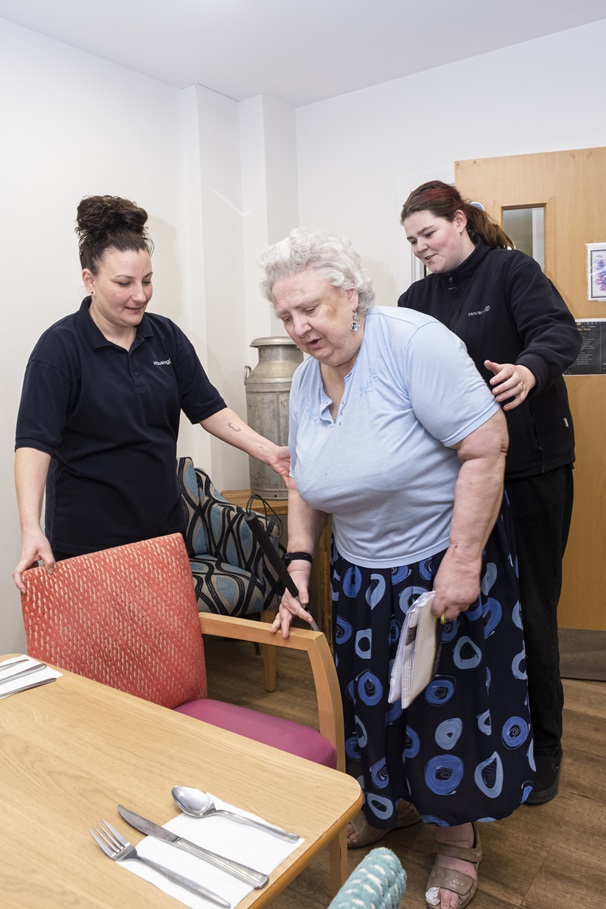Organisational settings
The evaluation of the second Phase of the TAPPI programme highlights several important ways in which organisational processes and culture work to shape the delivery of TEC projects. Some key factors which can help to ensure smooth implementation of these projects, as well as some important organisational issues which testbeds faced in their technology pilots, are set out here.
Resourcing
Running a technology project takes a lot of time and energy, and it can be difficult to squeeze in the demands of a service such as those operated as part of TAPPI alongside other day-to-day responsibilities. Projects with a dedicated project manager typically found this easier to manage.
You need that dedicated time and a dedicated person whose job it is to work on TAPPI, look at all the options, see what might work, and put it out there. When you're trying to do that on top of an already full-time job, it can be quite challenging.

Organisational buy-in
Projects which have had support from the very top of their organisation have typically been more successful or have run more smoothly. Further, testbeds with high levels of organisational buy-in have been able to leverage the learning from TAPPI to feed into broader organisational strategies intended to benefit service users more broadly, beyond the remit of the TAPPI programme.
[Taking part in TAPPI has] reevaluated all our thinking, to be honest, from our allocations process around how we use the newly developed TSA tools and the Virtual House to ensure we're getting the right tech for the person, to working with our adaptations team to ensure we can incorporate tech into our adaptations as a person's needs change. We've linked in with our tenant engagement team, and coproduced a coproduction strategy, [focusing on] how we work with tenants moving forward, and what that engagement looks like.

Procurement challenges
Procuring technology for use in housing and care settings can present considerable challenges for organisations. It can be difficult to work out which suppliers can deliver a product which will best suit the needs of service users. In-house expertise, such as from dedicated IT teams, can be highly valuable in supporting the delivery of technology services at every stage of design and delivery.
[The IT team] are having the conversations with the suppliers. You know, they understand all of that stuff around: Does X work with y? What are the implications of going with x rather than y? What are the data issues? What are the privacy issues?... All of that stuff is their world, around procuring, managing, and implementing technological solutions, albeit they hadn’t done it in an assistive tech context in Pobl [before] so far. But they've brought a whole new world of expertise and insight that was just beyond our ability [as project managers].

Lead-in time
Setting up a project using technologies in a housing or care setting can be a lengthy process, particularly where foundational requirements, such as good connectivity, are not already in place. Some testbeds would have benefited from additional lead-in time to prepare for their TAPPI2 projects.
It's about timing, and its lead in is absolutely key… Across all of the testbeds, TAPPI has been in addition to our full-time jobs. So the more lead in you can provide, the better.

